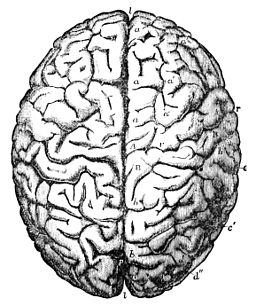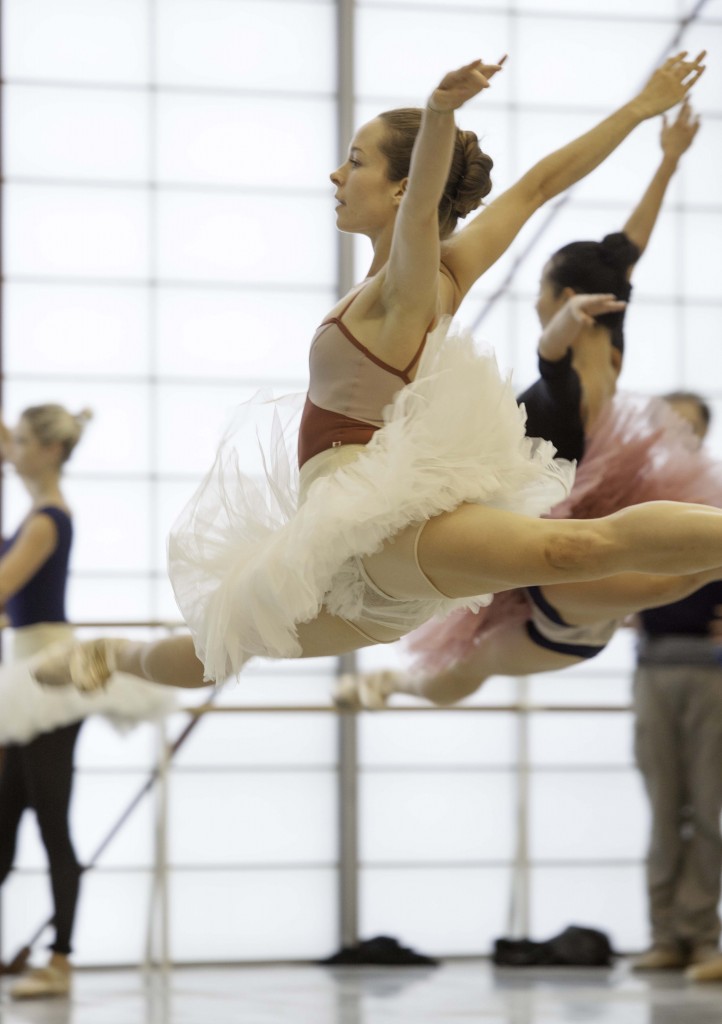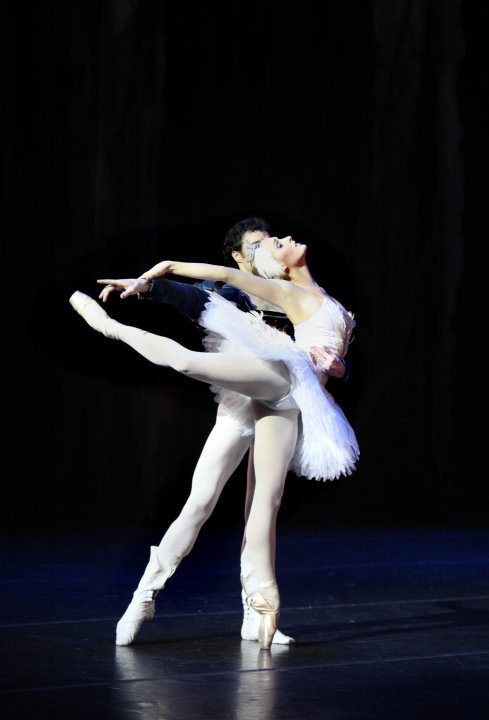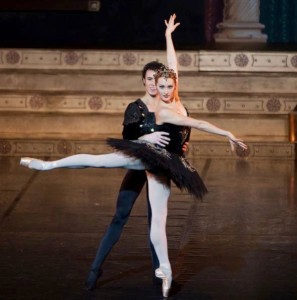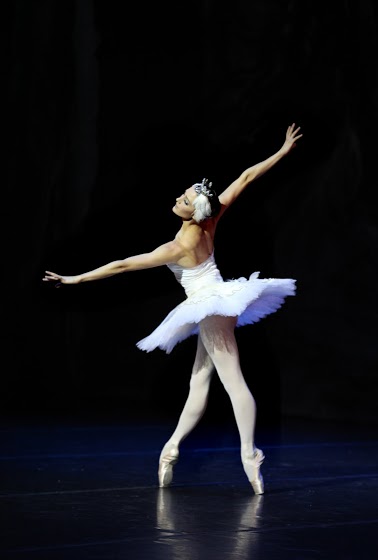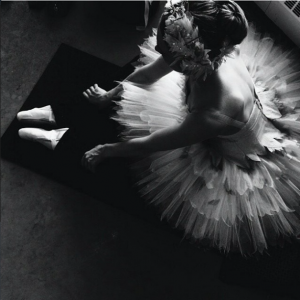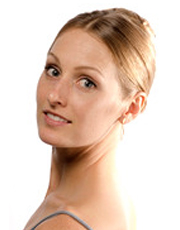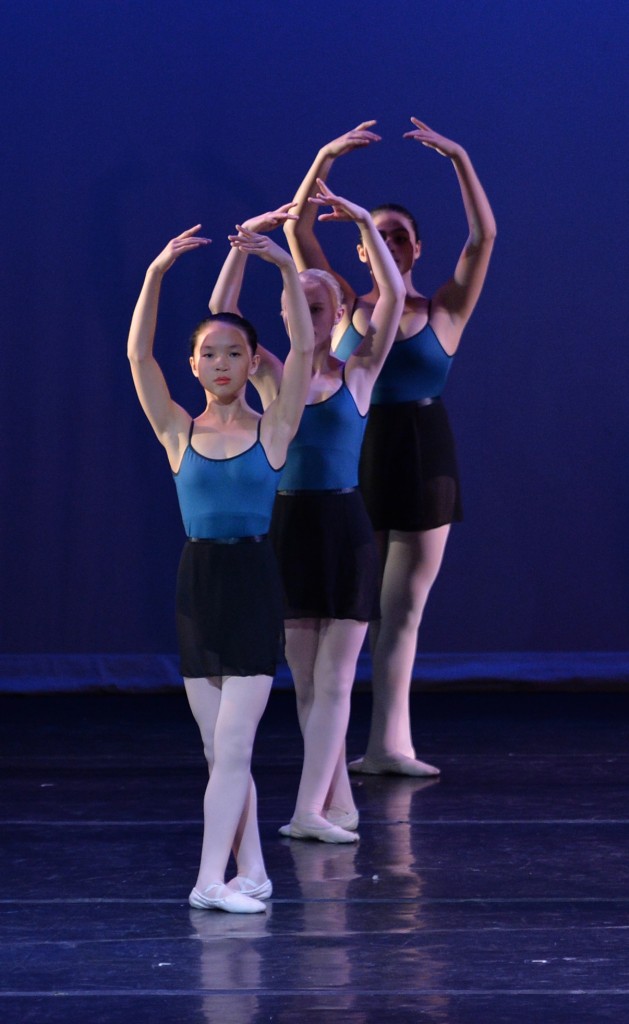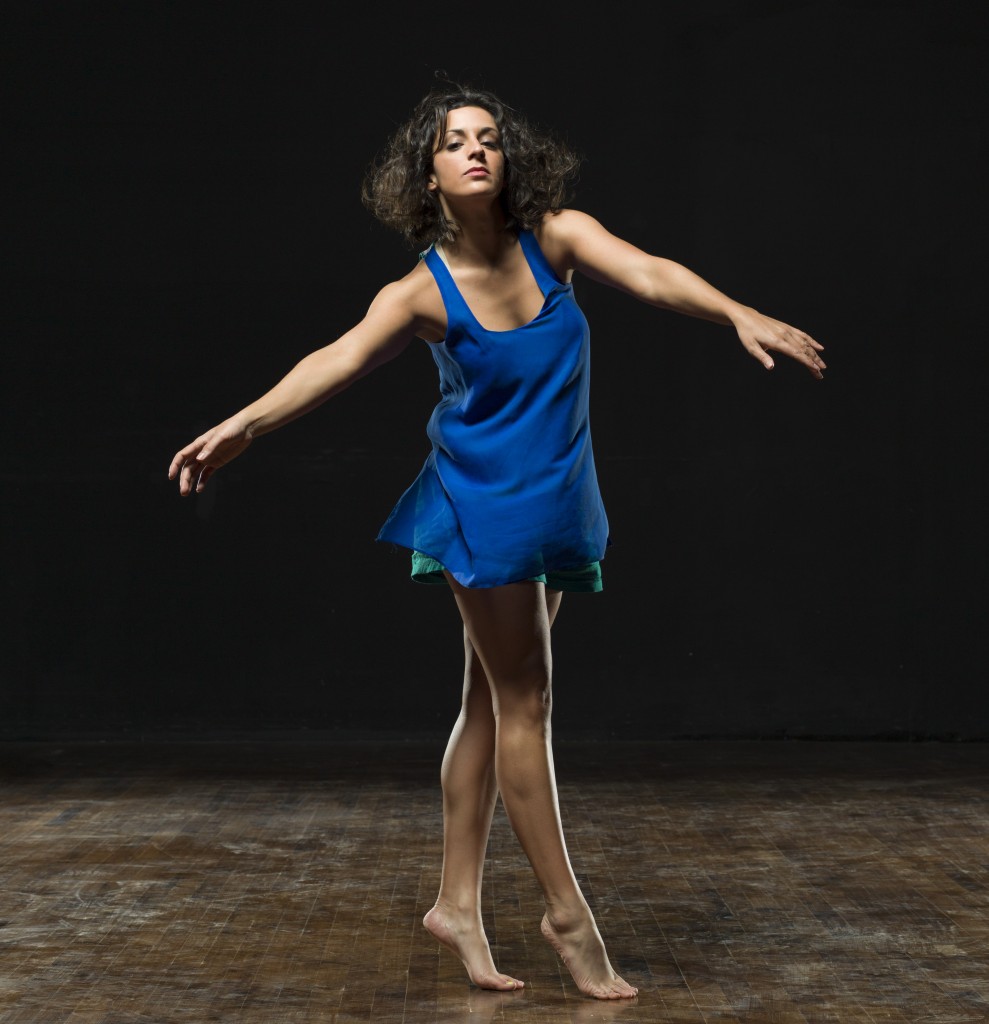As a choreographer and dance educator, process is very important to me. It is through my creative process that I problem solve and create various products. My process can vary depending on the task at hand or even on how I feel in the moment. Any changes in my process are usually reflected in the product outcome as well. One example of how changing my process can be helpful is when I am choreographing a work and I do not want it to look or feel like the last piece I created. Changing my process can help me to create new movement and fresh ideas.
In order to teach my students about the value of process I give them many assignments where they have built in time to explore and play. I also have them reflect on their process answering questions like: How did you go about learning a movement sequence? How did you work within your group on a project? How did you approach the creation of your movement?
I often have students work in small groups on various choreography assignments. The most recent project I gave them was to create a short choreographic study based on initiating movement from certain bones in their body. The main goals were for students to learn the names of the bones, where they were located, and how it feels to move from those bones in their body.
The assignment included a rubric which required students to use specific choreography tools and a required length of counts for the whole dance. Often time when I give an assignment like this with a clear rubric of expectations, students look at the list of what the dance must include and work towards this end goal first instead of taking the time to experiment and play with movement ideas. I have to remind them that I’m giving them many days to work on the project to include the process of discovering the movement they want to use and they have time to change their minds and let the dance evolve. I use many analogies like when you create movement and choreography with your group you are writing in pencil not pen so as you go on if you don’t like something simply erase it and make a change.
The majority of the classes that my high school students take are very product focused and students can either be right or wrong with their product. It can be very challenging for students to shift their perspective in my class and linger in the process focused perspective as a means to create and problem solve. In dance class with a creative assignment there is not one way to do anything right so there are many right answers and what I try to teach my students is that I want them to discover what they feel is the best and right answer for them. They discover this through their process.
Having an emphasis on the process rather than the product does not mean that I do not care about the end product. On the contrary, I think that when the process is more fulfilled the end product is also more likely to be fulfilled and realized in a deeper way. The way we go about getting to an end product is through various paths and that we honor the paths we try out and discover what each one has to offer. Students edit and revise more while focusing on process in order to create the product.
As students embrace this mind set I see a shift in the quality of their work and their work ethic. In a world of instant gratification and product focused thinking it is becoming more and more important that we teach young people to value the process, the how we get to an end goal. Teaching students to be process focused can have great implications in many areas of their lives and help them to problem solve in creative ways. I hope to help my students become creative problem solvers and leaders in the world they live in.
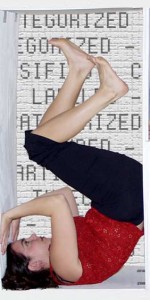
Contributor Janet Rothwell has been a dance educator for 10 years. She has taught modern, ballet, and jazz at various studios and schools on Chicago’s North Shore. She received her MA in Dance with an emphasis in Choreography from the University of North Carolina-Greensboro and her BA in Communications with a Dance Minor from the University of Wisconsin-Madison. Throughout her time in graduate school, Janet performed with Sidelong Dance Company based in Winston-Salem, NC.
Currently, Janet teaches dance at Loyola Academy High School in Wilmette, IL. She is the Director of Loyola Academy Dance Company B and the Brother Small Arts Guild, and choreographs for the Spring Dance Concert and school musical each year. Janet is very active within the Loyola Academy community leading student retreats and summer service trips. She regularly seeks out professional development opportunities to continue her own artistic growth. Recently, Janet performed with Keigwin and Company in the Chicago Dancing Festival 2012 and attended the Bates Dance Festival.
When she isn’t dancing, Janet enjoys teaching Pilates, practicing yoga, and running races around the city of Chicago.





